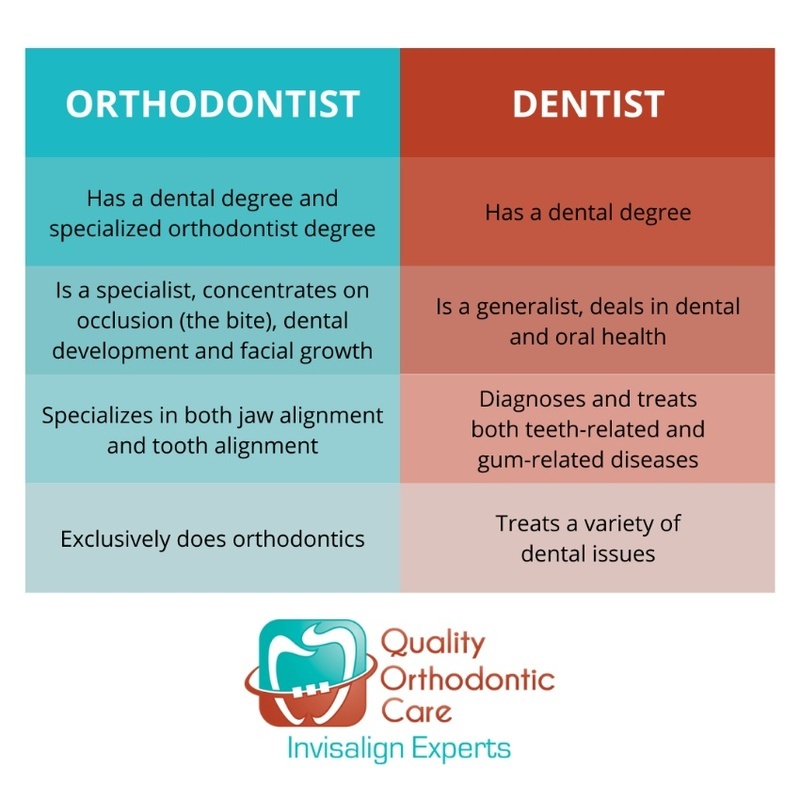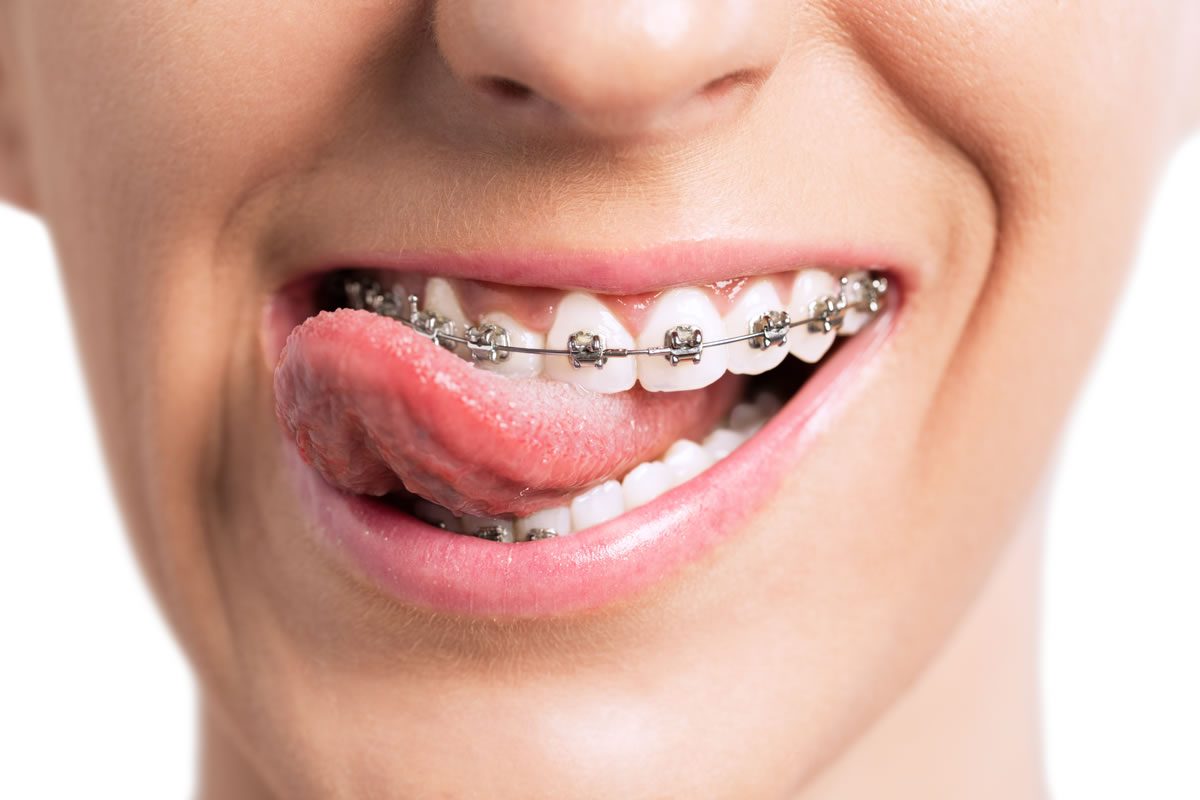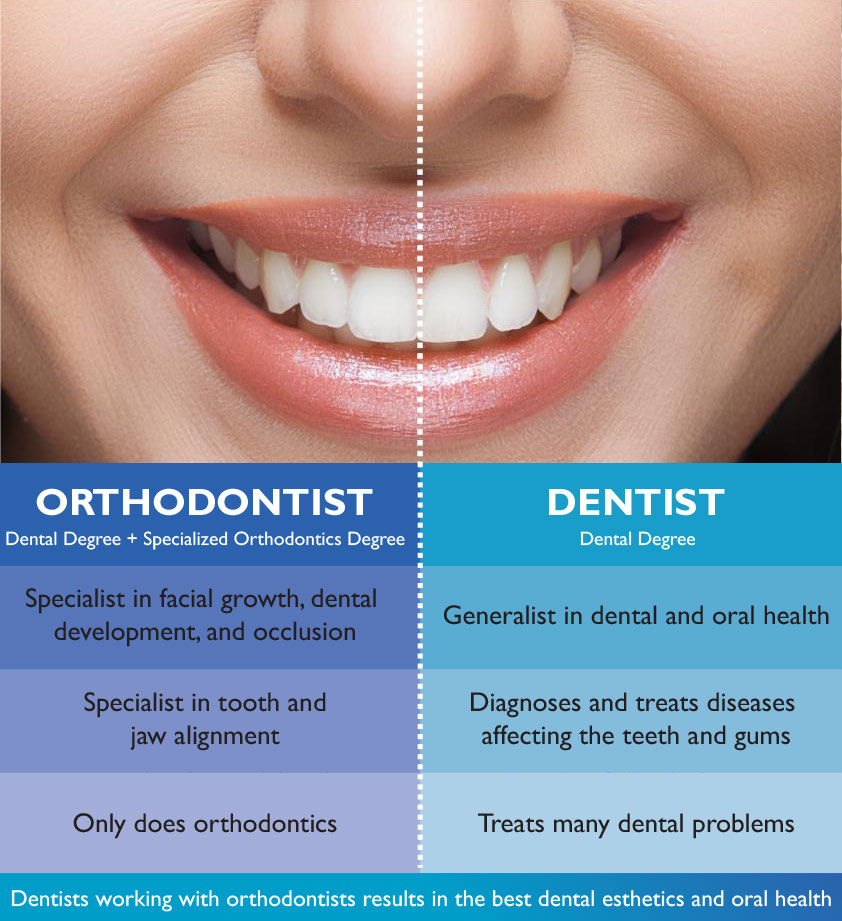Rumored Buzz on Causey Orthodontics
Wiki Article
5 Easy Facts About Causey Orthodontics Shown
Table of ContentsThe Causey Orthodontics StatementsCausey Orthodontics - The FactsSome Ideas on Causey Orthodontics You Need To KnowThe 9-Second Trick For Causey OrthodonticsNot known Facts About Causey Orthodontics
Ignoring occlusal relationships, it was normal to eliminate teeth for a selection of dental issues, such as malalignment or congestion. The idea of an intact dentition was not extensively appreciated in those days, making bite relationships appear unnecessary. In the late 1800s, the idea of occlusion was vital for developing trusted prosthetic substitute teeth.As these ideas of prosthetic occlusion proceeded, it became an important device for dentistry. It remained in 1890 that the work and effect of Dr. Edwards H. Angle began to be really felt, with his contribution to modern-day orthodontics particularly significant. Focused on prosthodontics, he educated in Pennsylvania and Minnesota before guiding his focus towards dental occlusion and the therapies required to preserve it as a regular condition, therefore coming to be known as the "dad of modern-day orthodontics".

The principle of excellent occlusion, as proposed by Angle and integrated right into a classification system, enabled a shift towards dealing with malocclusion, which is any type of variance from regular occlusion. Having a full set of teeth on both arcs was extremely sought after in orthodontic therapy because of the need for specific partnerships between them.
What Does Causey Orthodontics Do?
As occlusion ended up being the essential priority, facial percentages and appearances were disregarded - orthodontist expert. To achieve suitable occlusals without making use of external pressures, Angle postulated that having best occlusion was the very best way to get maximum facial appearances. With the passing of time, it ended up being rather noticeable that even a remarkable occlusion was not appropriate when taken into consideration from a visual viewpointCharles Tweed in America and Raymond Begg in Australia (who both examined under Angle) re-introduced dentistry extraction into orthodontics during the 1940s and 1950s so they could improve facial esthetics while also ensuring better security worrying occlusal partnerships. In the postwar duration, cephalometric radiography started to be used by orthodontists for measuring changes in tooth and jaw position triggered by development and therapy. It ended up being evident that orthodontic therapy can readjust mandibular advancement, leading to the development of useful jaw orthopedics in Europe and extraoral pressure measures in the US. These days, both functional devices and extraoral gadgets are applied around the world with the purpose of modifying development patterns and forms. As a result, going after true, or a minimum of boosted, jaw connections had come to be the primary goal of therapy by the mid-20th century.
What Does Causey Orthodontics Do?
 The American Journal of Orthodontics was created for this objective in 1915; before it, there were no scientific objectives to adhere to, nor any type of precise category system and brackets that lacked attributes. Till the mid-1970s, dental braces were made by wrapping steel around each tooth. With improvements in adhesives, it became possible to instead bond steel braces to the teeth.
The American Journal of Orthodontics was created for this objective in 1915; before it, there were no scientific objectives to adhere to, nor any type of precise category system and brackets that lacked attributes. Till the mid-1970s, dental braces were made by wrapping steel around each tooth. With improvements in adhesives, it became possible to instead bond steel braces to the teeth.Andrews gave an insightful meaning of the perfect occlusion in permanent teeth. This has had significant impacts on orthodontic therapies that are carried out regularly, and these are: 1. Appropriate interarchal connections 2. Appropriate crown angulation (idea) 3. Right crown disposition (torque) 4. No turnings 5. Tight contact points 6. Flat Curve of Spee (0.02.5 mm), and based upon these concepts, he found a treatment system called the straight-wire appliance system, or the pre-adjusted edgewise system.
The advantage of the layout depends on its brace and archwire mix, which requires only marginal cord flexing from the orthodontist or medical professional (cheapest orthodontist near me). It's appropriately named after this attribute: the angle of the slot and thickness of the bracket base inevitably determine where each tooth is positioned with little requirement for added control
Some Of Causey Orthodontics
Both of these systems utilized similar brackets for every tooth and necessitated the bending of an archwire in 3 aircrafts for locating teeth in their wanted placements, with these bends determining supreme placements. When it involves orthodontic devices, they are split right into two kinds: removable and fixed. Detachable appliances can be taken on and off by the client as needed.
Thus, nearly all modern fixed devices can be thought about variations on this edgewise device system. Early 20th-century orthodontist Edward Angle made a major contribution to the globe of dentistry. He created 4 unique device systems that have actually been utilized as the basis for lots of orthodontic treatments today, preventing a few exceptions.
A Biased View of Causey Orthodontics

The cable ended in a string, and to relocate it onward, an adjustable nut was used, which enabled a boost in circumference. By ligation, each specific tooth was affixed to this large archwire (best orthodontist near me). Due to its restricted series of activity, Angle was not able to attain exact tooth positioning with an E-arch
These tubes held a soldered pin, which can be repositioned at each consultation in order to move them in area. Called the "bone-growing device", this device was supposed to urge healthier bone growth because of its potential for transferring pressure directly to the origins. Implementing it verified troublesome in truth.
Report this wiki page